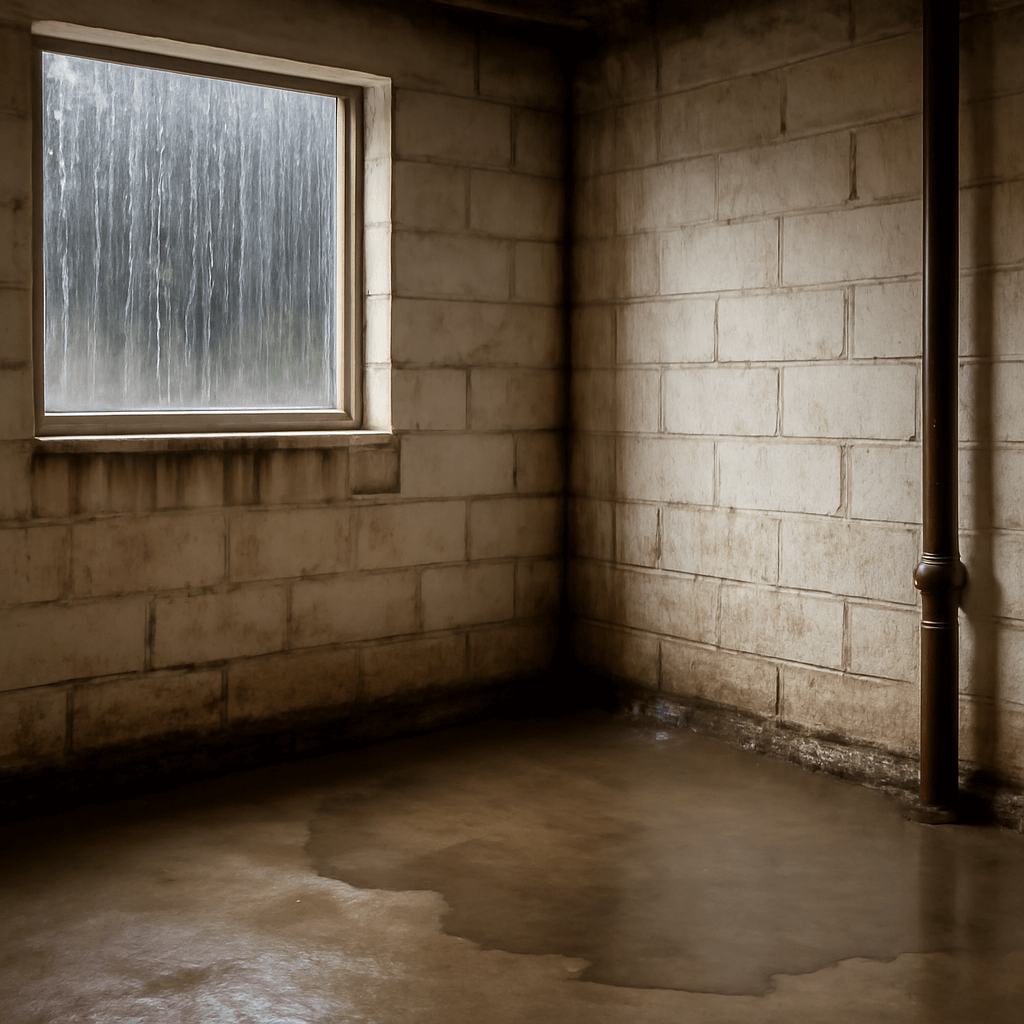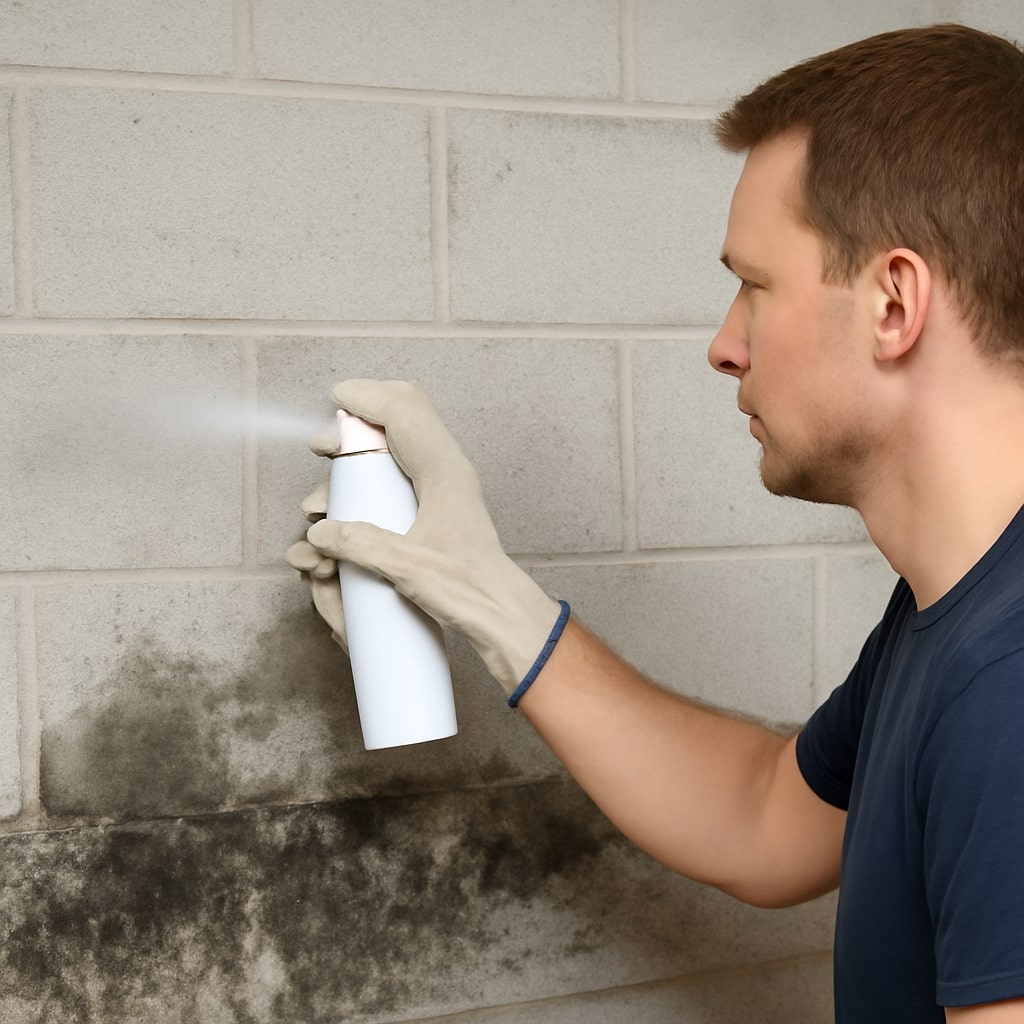Basement water damage in Kitchener homes often stems from various sources, and understanding these causes is vital for prevention. Heavy rainfall and snowmelt can overwhelm your drainage systems, leading to seepage. Additionally, poorly maintained gutters and foundation issues can exacerbate the problem. It’s essential to reflect on how plumbing failures and groundwater seepage may also contribute to moisture accumulation. What steps can you take to mitigate these risks and protect your home?
Key Takeaways
- Heavy rainfall and snowmelt can overwhelm drainage systems, leading to water seeping into basements.
- Poorly designed or maintained drainage systems increase the risk of basement water damage.
- Plumbing failures, such as pipe leaks and sewage backups, can result in significant water accumulation.
- Foundation cracks and structural issues allow water intrusion and compromise basement integrity.
- Rising groundwater levels during heavy rainfall can lead to seepage and increased moisture in basements.
Heavy Rainfall and Snowmelt
When heavy rainfall and snowmelt occur, the risk of basement water damage greatly increases. These events lead to significant stormwater runoff, overwhelming drainage systems and causing water to seep into your basement.
Seasonal fluctuations in precipitation can exacerbate this issue, as rapid snowmelt may coincide with heavy rain, creating an influx of water.
Effective stormwater management is essential to mitigating these risks, as it involves directing excess water away from your home’s foundation.
Effective stormwater management is crucial for safeguarding your home by redirecting excess water away from its foundation.
Understanding these dynamics helps you recognize vulnerabilities and take proactive measures to protect your property from potential water damage during periods of intense weather.
Poor Drainage Systems
A poorly designed or maintained drainage system can greatly increase the risk of basement water damage.
To prevent such issues, focus on effective drainage maintenance and appropriate landscape grading.
Here are key factors to evaluate:
- Properly functioning gutters and downspouts
- Regular clearing of debris and blockages
- Adequate slope away from your foundation
- Installation of French drains or sump pumps
- Monitoring and addressing erosion around your property
Plumbing Failures
While many homeowners focus on external factors contributing to basement water damage, plumbing failures can be equally detrimental. Issues like pipe leaks and sewage backups can lead to significant water accumulation in your basement, creating an environment for mold and structural damage. Understanding these risks is vital for prevention.
| Type of Failure | Consequences | Prevention |
|---|---|---|
| Pipe Leaks | Water accumulation | Regular inspections |
| Sewage Backups | Contamination | Proper drainage systems |
| Broken Pipes | Flooding | Timely repairs |
| Faulty Fixtures | Constant leaks | Quality installations |
Foundation Cracks and Structural Issues
Foundation cracks and structural issues can greatly compromise your basement’s integrity, leading to water intrusion and long-term damage. Identifying these problems early can save you significant repair costs.
Key factors include:
- Foundation settling due to soil movement
- Wall deterioration from moisture exposure
- Improper drainage systems causing pressure buildup
- Poor construction practices leading to weak points
- Seasonal temperature fluctuations exacerbating existing cracks
Addressing these issues promptly is vital. Regular inspections and maintenance can help prevent extensive damage, ensuring your basement remains dry and structurally sound.
Don’t wait until it’s too late to protect your home’s foundation.
Groundwater Seepage
When groundwater levels rise due to heavy rainfall or melting snow, it can lead to significant seepage into your basement, resulting in moisture-related problems.
This occurs when the water table rises and saturates the surrounding soil, creating pressure that forces water through cracks and porous materials.
As soil saturation increases, your basement becomes vulnerable to water intrusion, leading to mold growth, structural damage, and deterioration of personal belongings.
To mitigate this issue, consider improving drainage systems, installing sump pumps, or using waterproofing methods to lower the risk of groundwater seepage and maintain a dry, healthy living environment in your home.
Conclusion
In Kitchener, understanding the causes of basement water damage is essential for prevention. Heavy rainfall and snowmelt can overwhelm drainage systems, while poorly designed setups and plumbing failures exacerbate the issue. Additionally, foundation cracks and groundwater seepage create pathways for moisture intrusion. By addressing these factors proactively, you can protect your home from costly repairs and potential mold growth, ensuring a safer, drier living environment. Being vigilant about maintenance and repairs is key to safeguarding your basement.




